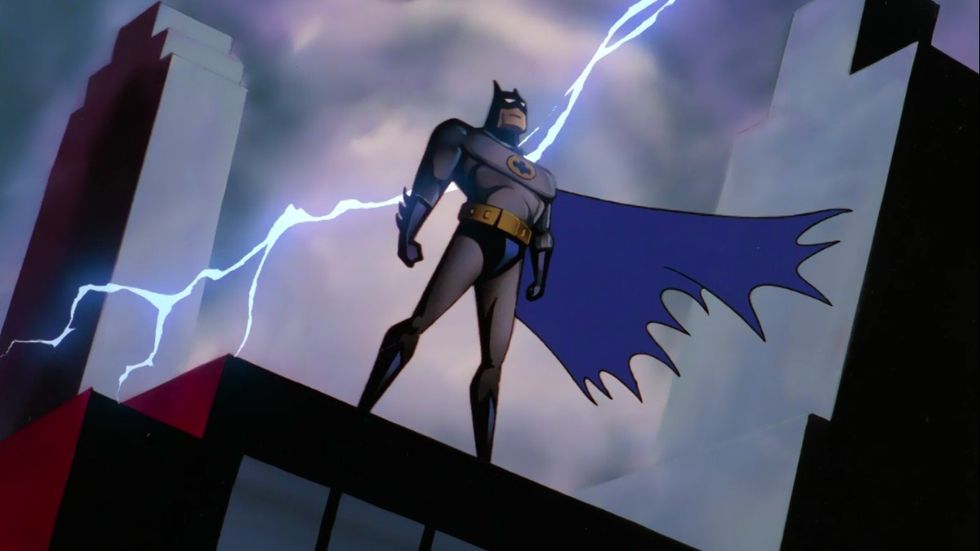
When I was growing up, my parents were incredibly strict with TV time. But for a few hours, after school, I was allowed to watch some of the best TV shows of all time. I’m talking Batman: The Animated Series, Teenage Mutant Ninja Turtles, and many more.
This after school programming wasn’t just a staple for me, but for my entire generation and the generations before me.
But something has changed.
The shows we all knew and loved that came on after school are few and far between now.
In recent years, the once thriving tradition of after school TV has dwindled, almost to the point of extinction.
So, what happened?
What Killed After School Television?
Nerdstalgic is one of my favorite YouTube channels. I find that they do deep dives on topics I had no idea would resonate with me, but like this video, they really enlighten my world.
Back in the day, my routine was to get home around 3pm and then flip on the TV while I ate a snack and right before I did homework.
My excuse to my parents was that I had to watch TV right then, because if I missed the shows, I would just never be able to see them again.
That all changed with streaming.
Streaming Won the War

Platforms like Netflix, Hulu, and YouTube have revolutionized the way we consume media. Unlike the scheduled programming of traditional TV, streaming services offer a buffet of shows and movies available at any time.
You can watch your shows whenever you parents let you, or even behind their back, if you can hide an iPad.
This change in media consumption is not just about the availability of content, but also about its diversity and accessibility.
Traditional after school shows often catered to a broad audience, but streaming services offer niche content that can cater to specific interests, whether it’s science fiction, educational content, or international shows.
Kids can watch whatever their hearts desire, anytime.
The idea of waiting a whole day to watch a 30-minute episode of their favorite show is almost unimaginable. Viewing habits have shifted towards watching content on their schedules, not dictated by TV programming.
The freedom to pause, rewind, and watch multiple episodes in a single sitting has redefined the TV watching experience.
Moreover, the advent of mobile devices and tablets means that children are no longer tied to the family living room to watch TV.
They can now watch their favorite shows and videos anywhere – in the car, at a café, or in their rooms, which further diminishes the traditional TV watching experience.
And they’re watching short TikToks on phones, not even seeking traditional TV out.
As we embrace this new era of digital media, it’s essential to acknowledge the nostalgia and cultural significance of after-school TV. Shows like The Magic School Bus and DuckTales were more than just entertainment; they were a shared cultural experience for a generation.
But now, you talk about your niche shows or send reels back and forth, to share in those small snippets.
The diversity, accessibility, and educational value offered by modern streaming services and digital platforms provide new opportunities for learning, entertainment, and personal growth.
And new opportunities to connect with other kids who like the same stuff.
The way children consume media will continue to change, but the joy and wonder of discovering new stories and characters will always remain a cherished part of childhood.
Let me know your favorite old TV shows in the comments.
Author: Jason Hellerman
This article comes from No Film School and can be read on the original site.
